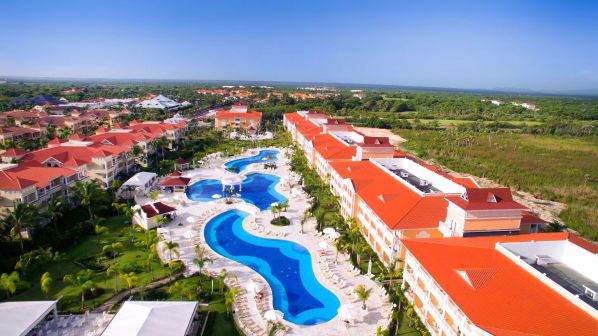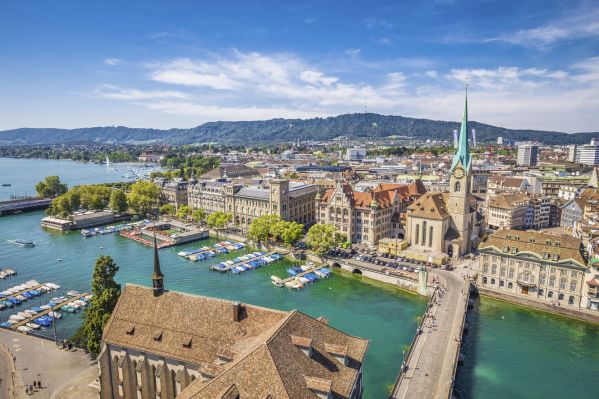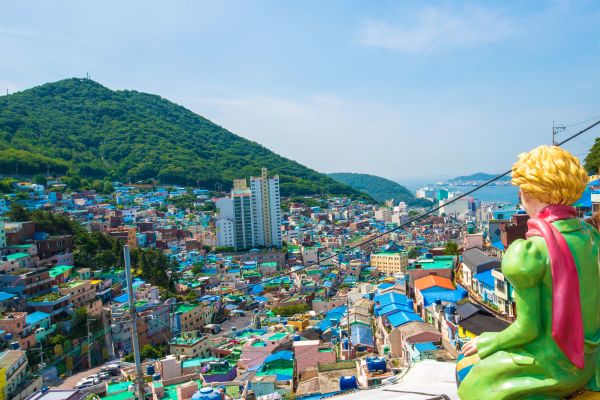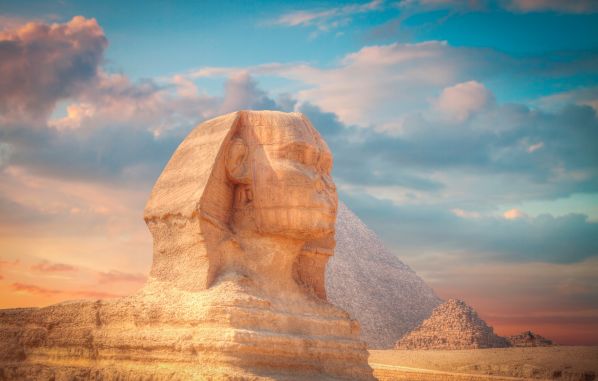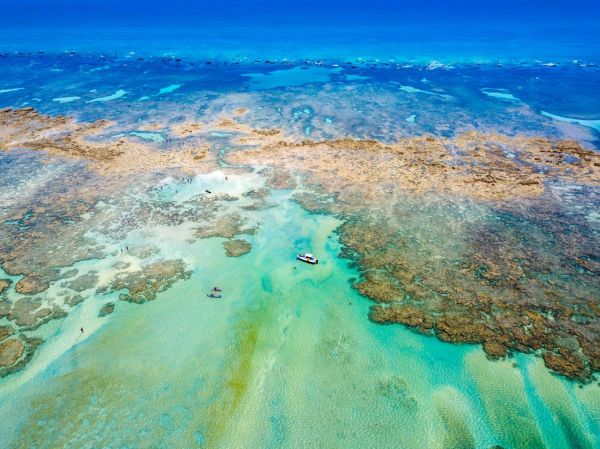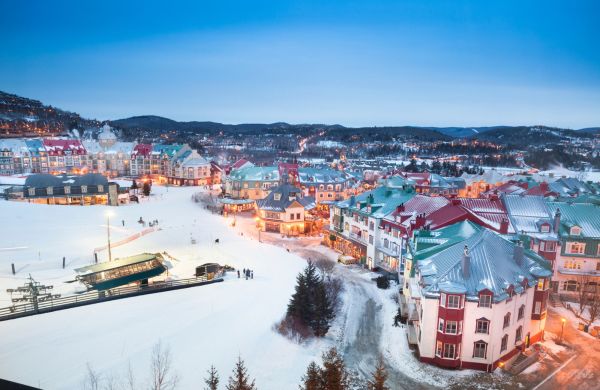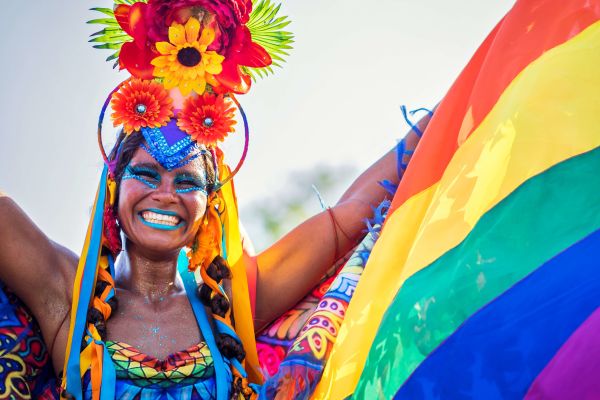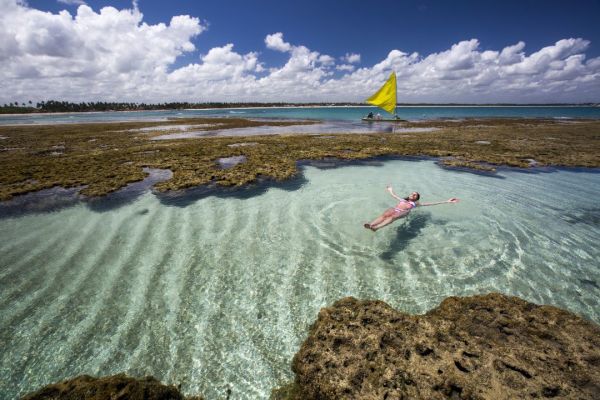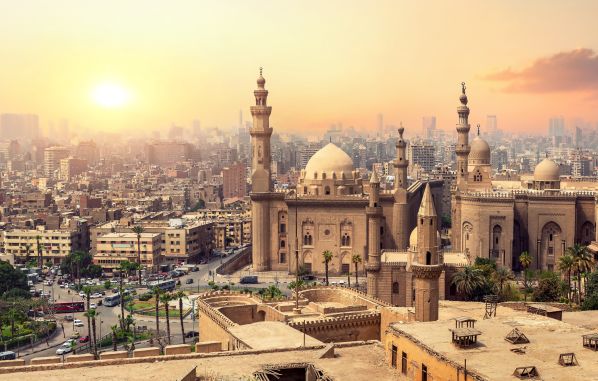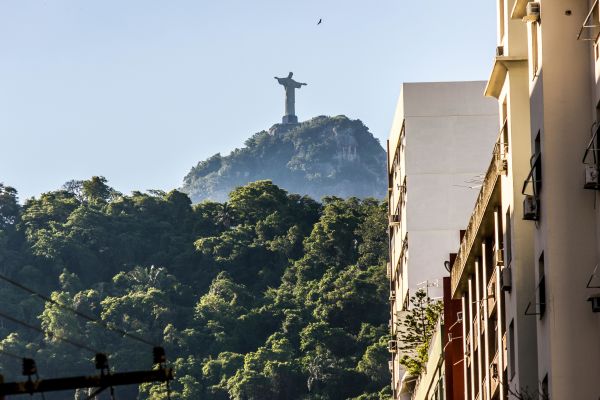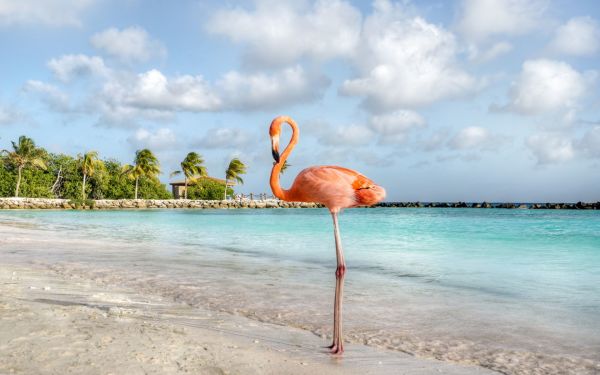Guide to traveling the Northern and Southern Carretera Austral

Traveling along the Carretera Austral is to delve into one of the wildest and most breathtaking territories on the planet, with more than 1,200 kilometers that reveal some of the most beautiful natural wonders of Chile .
Route 7 connects Puerto Montt with Villa O'Higgins , crossing virgin forests , extensive fjords , monumental glaciers and a network of towns where life unfolds at the slow pace of the south, combining adventure , contemplation and direct contact with Patagonian nature .
The Carretera Austral is traditionally divided into two large sectors: North and South , although the entire journey is a single trip that allows you to experience the purest essence of Chile .
The following guide will help you plan , enjoy , and protect the most beautiful route in the country.
How long does it take to travel the Carretera Austral?
The length of the trip depends on how many stops you want to make. Some travelers spend three weeks exploring just one section, while others venture to complete the entire route in 10 days , focusing on the essential points of interest.
The key is planning : distances are long, public transport is limited, and many attractions require time, good weather, and flexibility .

How to get around on the Carretera Austral?
- Own vehicle: Ideally a 4×4 to handle gravel, rain, and winding roads. Carry an extra jerrycan of gasoline, as there are long stretches without gas stations.
- Motorcycle or bicycle: An unforgettable way to experience the route, although demanding.
- Rental vehicle: Available in Coyhaique and Balmaceda (Book in advance).
- Public transport: Buses that connect Coyhaique with main towns.
List of regional bus terminals
- Suray Bus Terminal, Coyhaique
- Don Carlos, Coyhaique
- Ali Terminal, Coyhaique
- Municipal Terminal, Coyhaique
- Becker, Coyhaique
- Cochrane Bus Terminal
- Chile Chico

What to see on the Northern Carretera Austral
The northern section, which extends from Puerto Montt to Coyhaique , is perfect for those who love walking among ancient trees, sailing through pristine fjords and stopping in towns where life is deeply connected with nature.
- Puerto Montt : The city of Puerto Montt is the official starting point of the trip. From there, the road winds towards Hornopirén , where the fjords begin to emerge from the mist. This first stretch offers a perfect introduction to the southern landscape: green mountains, water everywhere, and the feeling that the journey is just beginning.

- Puerto Montt – Chaitén : The road continues towards Chaitén , a city that was reborn after the eruption of the volcano of the same name in 2008. Today, it is the gateway to Pumalín National Park , one of the most important natural sanctuaries in the country, where it is possible to walk among ancient alerce trees, camp under clear skies and explore trails that lead to waterfalls.

- Chaitén – La Junta : The route continues towards La Junta , a small town surrounded by lakes and mountains. From here, it's possible to take a detour to remote places such as the coastal communities of Raúl Marín Balmaceda , Lago Verde , or Melinka .

- La Junta – Puyuhuapi – Puerto Cisnes : One of the must-see destinations in the northern part of the region is Puyuhuapi , a town surrounded by crystal-clear rivers and tropical-looking forests. This is the gateway to the iconic Queulat National Park , home to the fascinating Hanging Glacier , a tongue of ice suspended over a rock face that cascades down in waterfalls that seem to descend from the sky. The trek to reach the viewpoint is one of the most memorable experiences of the entire trip. Nearby is Puerto Cisnes , a coastal town perfect for relaxing, observing marine wildlife, or stocking up before continuing on to the regional capital.

- Puerto Cisnes – Coyhaique : The end of the Northern Carretera Austral is Coyhaique , the largest city in the region, surrounded by hills and a changeable climate, and the best place to replenish supplies, refuel and plan the next stages.

What to see on the Southern Carretera Austral
Leaving Coyhaique marks the beginning of another dimension of the journey. The southern section of the Carretera Austral is more remote , more expansive, and undoubtedly even more breathtaking. Here you'll find some of the most iconic images of Chilean Patagonia : impossibly turquoise lakes and seemingly endless glaciers.
- Coyhaique – Balmaceda – Puerto Aysén – Puerto Chacabuco : The initial leg takes you to Balmaceda , the main air gateway to the region. Continuing towards the coast, you'll reach Puerto Aysén , a city known for its fishing industry and the extensive Patagonian channels. Later, you'll arrive in Puerto Chacabuco , the departure point for boats heading to the fjords.

- Coyhaique – Villa Cerro Castillo – Puerto Río Tranquilo : The road south leads to the imposing Cerro Castillo National Reserve , a cult destination for trekking enthusiasts thanks to its multi-day trail and the rock spires that form one of Chile's most dramatic landscapes. Further along, the journey continues to Puerto Río Tranquilo , on the shores of General Carrera Lake , with recommended stops in Puerto Ibáñez and Chile Chico .

- General Carrera Lake : A body of water so blue it seems illuminated from within. Here you'll find the legendary Marble Caves , rock formations sculpted by thousands of years of erosion that can only be described as a natural masterpiece. A few kilometers away is the access point to Exploradores Glacier , where you can hike on the ice and observe the crevasses, formations, and their vibrant colors up close.

- Puerto Río Tranquilo – Cochrane – Tortel – Villa O'Higgins : From Río Tranquilo, the highway continues towards Cochrane , a tranquil town surrounded by powerful rivers and vast wilderness areas. Nearby flows the Baker River , the most voluminous river in Chile and a paradise for rafting, photography, and admiring its turquoise waters. Further south lies Caleta Tortel , one of Chile's most unique villages, with its cypress walkways forming a network of staircases and platforms that replace traditional streets. The final stretch leads to Villa O'Higgins , the high point of the Carretera Austral. This small town is the perfect base for exploring Patagonian rivers, mountains, channels, and fjords.

Available services
There are gas stations in places like Puerto Montt , Hornopirén , Futaleufú , La Junta , Puyuhuapi , Puerto Cisnes , Mañihuales , Aysén , Coyhaique , Chile Chico , Puerto Tranquilo , Cochrane and Villa O'Higgins .
Meanwhile, ATMs and banks are present in larger towns such as Puerto Montt , Puerto Cisnes , Aysén , Coyhaique , Chile Chico and Cochrane .
What to pack
To travel the Carretera Austral, it is essential to carry a backpack equipped to face the variability of the Patagonian climate .
The general recommendation is to dress in layers : a thermal base layer , a mid-layer for warmth , and a windproof or waterproof outer layer . In addition, add hiking boots or shoes, a hat , gloves , sunglasses with UV protection , and trekking poles to facilitate walking on uneven terrain .
It is also essential to include a first aid kit , a flashlight , a double-roof tent , a sleeping bag suitable for sub-zero temperatures , as well as a cooking stove with basic utensils , a water container , and provisions for several days.

In Patagonia the weather can change in a matter of minutes, so it's best to be prepared for rain , wind and cold at any time of year.
The best of the Carretera Austral (6 days / 5 nights)
Discover and protect the Carretera Austral
The Carretera Austral is one of the most fragile natural environments in the country, so traveling responsibly is key to preserving its ecosystems .
During the hike, it is essential to avoid lighting fires in protected areas , not to touch nests or disturb the habitat of wild animals , and under no circumstances to leave trash along the way. Cultural heritage , especially rock art , must also be respected and left untouched and undisturbed.
Another important point is not to bring pets into national parks , avoid using detergents in rivers and lakes , and always follow the marked trails and the instructions of the park rangers , who are the authority within the parks and reserves.

Keeping the volume low , not swimming in bodies of water within protected areas, and respecting local schedules and rules are essential for this territory to remain a pristine refuge for travelers and the species that inhabit it.
You might also be interested in: 3 Iberostar hotels for family vacations in the Caribbean

